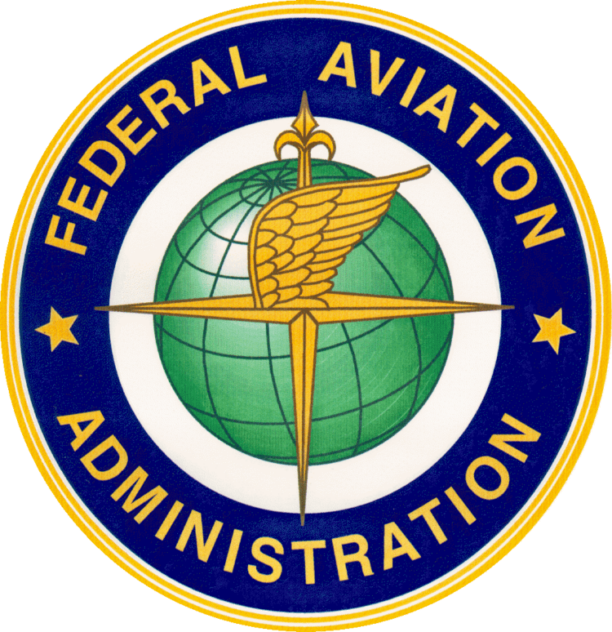Congress Questions FAA Staffing and AI Use Amid Growing Airspace Complexity
July 2025 — As the landscape of aviation continues to evolve, the Federal Aviation Administration (FAA) finds itself under growing scrutiny from U.S. lawmakers. Recent concerns focus on FAA workforce reductions and the agency’s increasing use of artificial intelligence (AI) technologies, especially as these changes affect the safety of the national airspace.
FAA Workforce Cuts Raise Safety Questions
In recent months, the FAA has reduced its staff, including critical safety analysts and support personnel. A group of eleven U.S. Senators, led by Senators Mark Warner, Tim Kaine, and Ed Markey, have formally asked for detailed information regarding these staffing cuts. Their main worry is that fewer employees mean the FAA might miss important safety risks, particularly as air traffic becomes more complex.
One key issue is the FAA’s ability to monitor and manage thousands of near-miss incidents—events where aircraft come dangerously close to one another. The Senators pointed out that many such events at major airports have not been flagged for further investigation, partly because there aren’t enough staff members to analyze the data.
AI Steps In, but with Questions
To tackle the challenge of a smaller workforce, the FAA has increasingly turned to AI tools. These technologies help the agency analyze large amounts of safety data, such as near misses, more quickly than humans alone could. While AI can improve efficiency, Congress is concerned that relying too much on technology could reduce safety if human oversight is diminished.
Lawmakers have requested more transparency about the kinds of AI tools the FAA uses, how well they work, and how FAA staff are trained to use these systems. They want to ensure that AI supports, rather than replaces, human experts.
Drones and AI: A Growing Connection
Drones, also known as unmanned aircraft systems (UAS), are becoming a critical part of America’s airspace. Congress and the FAA are actively working on rules to allow drones to operate beyond the pilot’s visual line of sight (BVLOS), a necessary step for many commercial uses like delivery or inspections.
AI plays a central role in making these drone operations safer. For example, AI-powered detect-and-avoid systems help drones sense other aircraft and obstacles, enabling safer flights without direct human control. Moreover, AI is expected to speed up the approval process for BVLOS drone flight requests, in part by helping the FAA assess safety risks faster.
At the same time, policymakers are cautious. Drone safety and airspace security remain top priorities, especially with expanded efforts to monitor and prevent unauthorized drone activity near sensitive locations.
Looking Ahead
The FAA says that they plan to release comprehensive BVLOS drone regulations in 2025. These rules will likely include AI-based safety requirements and stronger guidelines for integrating drones into the national airspace system.
Meanwhile, Congress continues to watch closely. The balance between workforce resources and technology is under careful review.
The Upshot
-
The FAA has reduced some safety-related staff, prompting Congressional concern over aviation safety.
-
The FAA uses AI to analyze safety data, but lawmakers want more information about how these systems work and their limits.
-
New drone rules are expected soon, with AI integrated into safety and approval processes.
-
Congress stresses that technology should complement, not replace, skilled FAA personnel.
Read more:


Miriam McNabb is the Editor-in-Chief of DRONELIFE and CEO of JobForDrones, a professional drone services marketplace, and a fascinated observer of the emerging drone industry and the regulatory environment for drones. Miriam has penned over 3,000 articles focused on the commercial drone space and is an international speaker and recognized figure in the industry. Miriam has a degree from the University of Chicago and over 20 years of experience in high tech sales and marketing for new technologies.
For drone industry consulting or writing, Email Miriam.
TWITTER:@spaldingbarker
Subscribe to DroneLife here.


